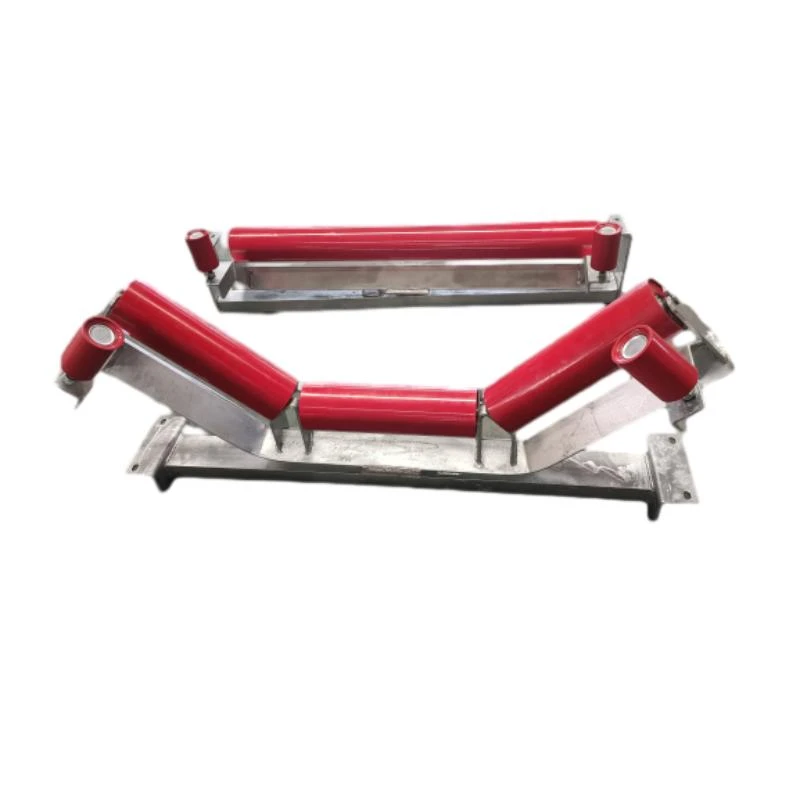 Afrikaans
Afrikaans  Albanian
Albanian  Amharic
Amharic  Arabic
Arabic  Armenian
Armenian  Azerbaijani
Azerbaijani  Basque
Basque  Belarusian
Belarusian  Bengali
Bengali  Bosnian
Bosnian  Bulgarian
Bulgarian  Catalan
Catalan  Cebuano
Cebuano  Corsican
Corsican  Croatian
Croatian  Czech
Czech  Danish
Danish  Dutch
Dutch  English
English  Esperanto
Esperanto  Estonian
Estonian  Finnish
Finnish  French
French  Frisian
Frisian  Galician
Galician  Georgian
Georgian  German
German  Greek
Greek  Gujarati
Gujarati  Haitian Creole
Haitian Creole  hausa
hausa  hawaiian
hawaiian  Hebrew
Hebrew  Hindi
Hindi  Miao
Miao  Hungarian
Hungarian  Icelandic
Icelandic  igbo
igbo  Indonesian
Indonesian  irish
irish  Italian
Italian  Japanese
Japanese  Javanese
Javanese  Kannada
Kannada  kazakh
kazakh  Khmer
Khmer  Rwandese
Rwandese  Korean
Korean  Kurdish
Kurdish  Kyrgyz
Kyrgyz  Lao
Lao  Latin
Latin  Latvian
Latvian  Lithuanian
Lithuanian  Luxembourgish
Luxembourgish  Macedonian
Macedonian  Malgashi
Malgashi  Malay
Malay  Malayalam
Malayalam  Maltese
Maltese  Maori
Maori  Marathi
Marathi  Mongolian
Mongolian  Myanmar
Myanmar  Nepali
Nepali  Norwegian
Norwegian  Norwegian
Norwegian  Occitan
Occitan  Pashto
Pashto  Persian
Persian  Polish
Polish  Portuguese
Portuguese  Punjabi
Punjabi  Romanian
Romanian  Russian
Russian  Samoan
Samoan  Scottish Gaelic
Scottish Gaelic  Serbian
Serbian  Sesotho
Sesotho  Shona
Shona  Sindhi
Sindhi  Sinhala
Sinhala  Slovak
Slovak  Slovenian
Slovenian  Somali
Somali  Spanish
Spanish  Sundanese
Sundanese  Swahili
Swahili  Swedish
Swedish  Tagalog
Tagalog  Tajik
Tajik  Tamil
Tamil  Tatar
Tatar  Telugu
Telugu  Thai
Thai  Turkish
Turkish  Turkmen
Turkmen  Ukrainian
Ukrainian  Urdu
Urdu  Uighur
Uighur  Uzbek
Uzbek  Vietnamese
Vietnamese  Welsh
Welsh  Bantu
Bantu  Yiddish
Yiddish  Yoruba
Yoruba  Zulu
Zulu Improving Grip and Durability with Drum Pulley Lagging Solutions for Material Handling Systems
The Importance of Drum Pulley Lagging in Conveyor Systems
In industrial settings, conveyor systems are vital for material handling, enabling efficient movement of goods from one point to another. At the heart of these systems lies the drum pulley, a component that plays a crucial role in the overall functionality of the conveyor. To enhance the performance and longevity of drum pulleys, the application of lagging is essential.
Lagging refers to the coating or covering applied to the surface of a drum pulley. This protective layer is typically made from various materials such as rubber, ceramic, or a combination of both. The primary purpose of lagging is to increase the friction between the drum pulley and the conveyor belt, ensuring effective power transmission and reducing slippage.
One of the key benefits of drum pulley lagging is improved traction
. In conveyor systems where heavy loads are transported, slippage can lead to operational inefficiencies, increased wear on the belt and pulley, and potential safety hazards. By applying a high-friction lagging material, companies can significantly enhance the grip between the pulley and the belt, minimizing the risk of slippage and material spillage.drum pulley lagging

Moreover, lagging serves as a protective barrier for the drum pulley itself. The constant abrasion and wear caused by the conveyor belt can lead to damage over time. Lagging acts as a sacrificial layer, absorbing much of this impact and prolonging the life of the pulley. This not only reduces maintenance costs but also minimizes downtime due to repairs or replacements.
Another important aspect of drum pulley lagging is its role in noise reduction. Industrial machinery often generates significant noise levels, which can be detrimental to both workers and the environment. The right type of lagging can dampen vibrations and sound, contributing to a quieter workplace and improved overall comfort for employees.
In addition to these benefits, lagging materials can be customized to meet specific operational requirements. For example, in environments where moisture or chemicals are prevalent, specialized lagging can be used to ensure optimal performance and resistance to degradation.
In conclusion, drum pulley lagging is an indispensable element in the functioning of conveyor systems. By enhancing traction, protecting against wear, reducing noise, and offering customized solutions, lagging contributes to more efficient and reliable operations. Companies that invest in quality lagging for their drum pulleys will not only see improved productivity but also significant long-term cost savings. As industries continue to evolve, the importance of such components will only grow, highlighting the need for ongoing innovation and investment in conveyor system technologies.
-
Trusted Conveyor Solutions from Leading Conveyor Idler Roller ManufacturersNewsJun.27,2025
-
Reliable Return Idler Solutions for Efficient Belt Conveyor SystemsNewsJun.27,2025
-
Precision Conveyor Accessories for Streamlined Material HandlingNewsJun.27,2025
-
High-Quality Belt Conveyor Idler Solutions for Efficient Material HandlingNewsJun.27,2025
-
High-Performance Belt Conveyor Pulleys for Reliable Material HandlingNewsJun.27,2025
-
Enhancing Material Handling EfficiencyNewsJun.27,2025





























